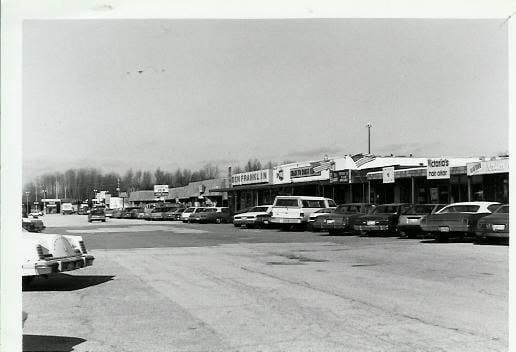History Of The Civil Liberties Motion In Indiana From Globe War Ii Via The 1960s Offered the raising power of the suffrage movement as well as the heightened expectations elevated by World War I, development showed up positive in 1917. Thanks to proceeded as well as boosting anxiety in Indiana and also country wide, the Indiana General Setting up really passed three laws preferred by suffragists throughout the 1917 session. The very first required a convention to be held in September, for the function of drafting a brand-new state constitution (with the hopes that the brand-new constitution would include ladies's suffrage). The city mandated firemen as well as garbage collection agencies to help handle demonstrators. The State of Pennsylvania deployed 50 state troopers to help the 77-member Chester law enforcement agency. Over six hundred people were arrested over a two-month duration of civil liberties rallies, marches, pickets, boycotts as well as sit-ins. Pennsylvania Governor William Scranton came to be involved in the settlements and also convinced Branche to follow a court-ordered postponement on demonstrations. Scranton created the Pennsylvania Human being Relations Compensation to conduct hearings on the de facto partition of public institutions. Any change to the state constitution had to be accepted by two separate legislative sessions-- yet the state legislature assembled only every other year. For that reason, it took a minimum of 2 years to modify the constitution, making the obstacle steeper for suffragists and also offering their opponents even more time to organize as well as kill any type of recommended suffrage regulation or change. This obstacle raised its head in 1881, when Indiana legislators Discover more here accepted a modification approving Hoosier females the right to vote.
Indiana's Juneteenth legacy: 28th Regiment U.S. Colored Troops - Indianapolis Recorder
Indiana's Juneteenth legacy: 28th Regiment U.S. Colored Troops.
Posted: Thu, 15 Jun 2023 07:00:00 GMT [source]
Best Room Movies Of All Time
The state's monuments at major combat zones such as Shiloh, Antietam, or Gettysburg commemorated the soldiers' heroism, not their participation in emancipation. This as well was common of the reconciliationist downplaying of slavery as a root cause of the battle for either side. Iglehart, objected that by the late 1870s boosting numbers wanted to accept "that the conquerors were mistaken-- the overcome right" in their allegiance to states' rights.Indiana education advocates reignite fight against latest anti-CRT bill - Indiana Capital Chronicle
Indiana education advocates reignite fight against latest anti-CRT bill.
Posted: Wed, 15 Feb 2023 08:00:00 GMT [source]

The Civil Rights Heritage Of The Tuskegee Airmen
Cities known for their widespread use of racial commitments include Chicago, Baltimore, Detroit, Milwaukee, Los Angeles, Seattle, as well as St. Louis. When white Democrats reclaimed power, they passed laws that made voter enrollment more restrictive, basically compeling black citizens off the voting rolls. The variety of African-American voters went down drastically, as well as they were no more able to elect representatives. From 1890 to 1908, Southern states of the former Confederacy created constitutions with stipulations that disfranchised tens of thousands of African Americans, as well as U.S. states such as Alabama powerless inadequate whites also. A significant driver in the push for civil rights was in December 1955, when NAACP activist Rosa Parks rejected to quit her seat on a public bus to a white male. In 1949, Indiana lawmakers passed the Indiana Institution Desegregation Act, which prohibited racial partition in schools 5 years before Brown v. Board.- With the march moving forward, the Kennedys chose it was necessary to work to ensure its success.Richard Nixon substantially broadened the program, setting up the Office of Minority Organization Business in the assumption that black business owners would help soothe racial stress as well as possibly sustain his reelection.In its Plessy v. Ferguson decision, the High court ruled that "separate yet equivalent" facilities for African Americans did not go against the Fourteenth Modification, neglecting evidence that the centers for Blacks were substandard to those planned for whites.During the 1950s and also 1960s, the pacifist objecting of the civil liberties activity triggered precise stress, which acquired national focus.
